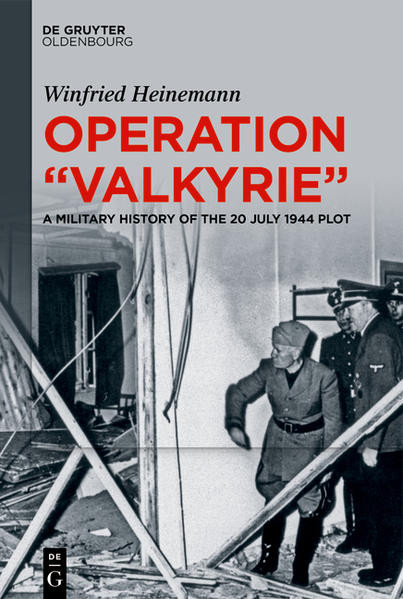Operation "Valkyrie"
A Military History of th 20 July 1944 Plot
- Autor: Heinemann, Winfried
- Erscheinungsjahr: 2021
- Seiten: 360
- Bindung: gb
Herstellerinformationen
Zu den Herstellungsinformationen gehören die Adresse und zugehörige Informationen des Herstellers des Produkts.
Walter de Gruyter GmbH
Genthiner Straße 13
D-10785 Berlin / Germany
info@degruyter.com
Verantwortliche Person für die EU
In der EU ansässiger Wirtschaftsbeteiligter, der sicherstellt, dass das Produkt den erforderlichen Vorschriften entspricht.
Walter de Gruyter GmbH
Genthiner Straße 13
D-10785 Berlin / Germany
info@degruyter.com
Produktsicherheitsinformationen
Sie finden den für das Produkt verantwortlichen Wirtschaftsakteur auf dem jeweiligen Produkt selbst, auf dessen Verpackung oder in einer dem Produkt beigefügten Unterlage. Diese Information ist in der Regel gut sichtbar angebracht, um Ihnen eine einfache Identifikation des Verantwortlichen zu ermöglichen.






